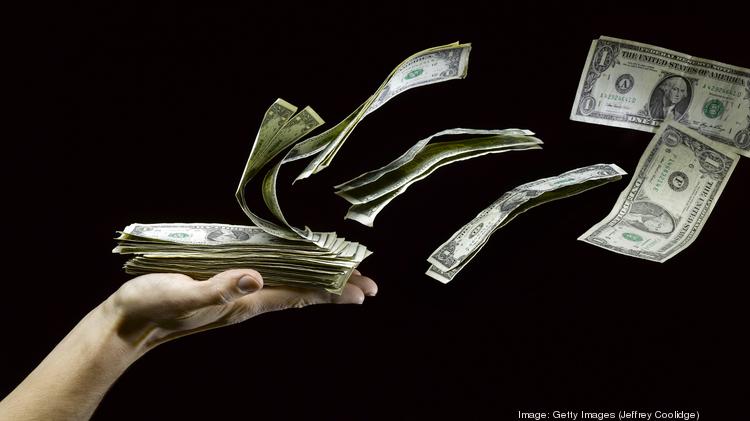
We hoped recent inflation was going to be a temporary phenomenon. When you listen to news on TV it appears everything is going up in price. Unfortunately, the average consumer is likely not experiencing a similar increase in their income. They need to make ends meet. How do they do it?
Let us look 12 ways ordinary people adapt to rising prices. The approach is not the same in each purchasing category. If you sell to the public, you will likely see your customers exhibiting some of these behaviors.
- Simply pay up. Some consumers have no price sensitivity. They want what they want. They are loyal to certain brands. Boar’s Head, a maker of premium deli meats has an advertising slogan, “Compromise elsewhere.”
- Same brand, smaller packaging. Realizing consumers are price sensitive, some firms shrink the package while keeping the price stable. People are getting the brand they want at the price they are prepared to pay, they are just getting less of it.
- Comparison shop. Gasoline prices increased sharply in early spring. The lines at Costco stores with gas stations got longer. Word gets out Costco draws a radius around their stores, checks gas prices and seeks to be the low-cost provider. It also gets people into the store.
- Trading down. Supermarket prices have jumped. Some consumers look to competitors. The German chains Aldi and Lidl have been expanding in the U.S. Those chains feature mostly own label products but the price difference can be considerable. In the UK, major supermarket chains have advertised “Aldi Price Match” promotions.
- Buy less frequently. Other consumers will continue to patronize local stores yet slow their purchases. You might continue visiting your local wine store, but your weekly trip becomes a twice a month visit. Your purchase amount per visit stays the same, but it’s made 50% less often.
- Delay big purchases. Used car prices have risen dramatically. Chip shortages have impacted the production and delivery of new cars. Instead of paying up, some car owners will decide to keep their car a few more years. Cars are well built today and have great technology. If you like the car you drive, it’s not a big sacrifice.
- Seek out discounts. You stop at McDonald’s often. You have noticed prices have gone up. Suddenly you take a greater interest in the coupons that come with your Sunday paper. You buy one breakfast sandwich, getting another one free. Coupons don’t cover everything.
- Negotiate. Certain circumstances are beyond the control of a business owner. They may absorb price increases for a while, but eventually need to pass them on to the consumer. People react in different ways. Some choose to stay with the store but ask for a discount.
- Switch brands. You like vodka. If prices rise you aren’t going to stop drinking vodka or drink less. If you prefer a premium brand, you might seek out another brand of similar quality at a lower price point. Returning to the Costco example, they have a line of liquors including French vodka bottled under their Kirkland house brand name. Other famous brands are available at different price points.
- Respond to advertising. People want to get a good deal. They look for sales. Many also want the legwork done for them. They look for businesses featuring “lowest price” or “price match” guarantees. They feel they are getting the best price because someone did the research for them.
- Buy used. During the pandemic lockdown online shopping increased dramatically. Everyone knows that. If you are a fan of auctions you are deluged with e-mails about upcoming online auctions. Luxury goods like purses and jewelry are the start attractions. People choose to buy a used item instead of paying up for a new one.
- Do without. If caviar or truffles rose in price, you could still live a full life without enjoying those luxuries. There are things people simply stop buying. A restaurant owner told me during the Great Recession there was a segment of his regular clientele that completely disappeared.
When money is tight, people make buying decisions in different ways. Do you recognize your customers? How should you respond?

